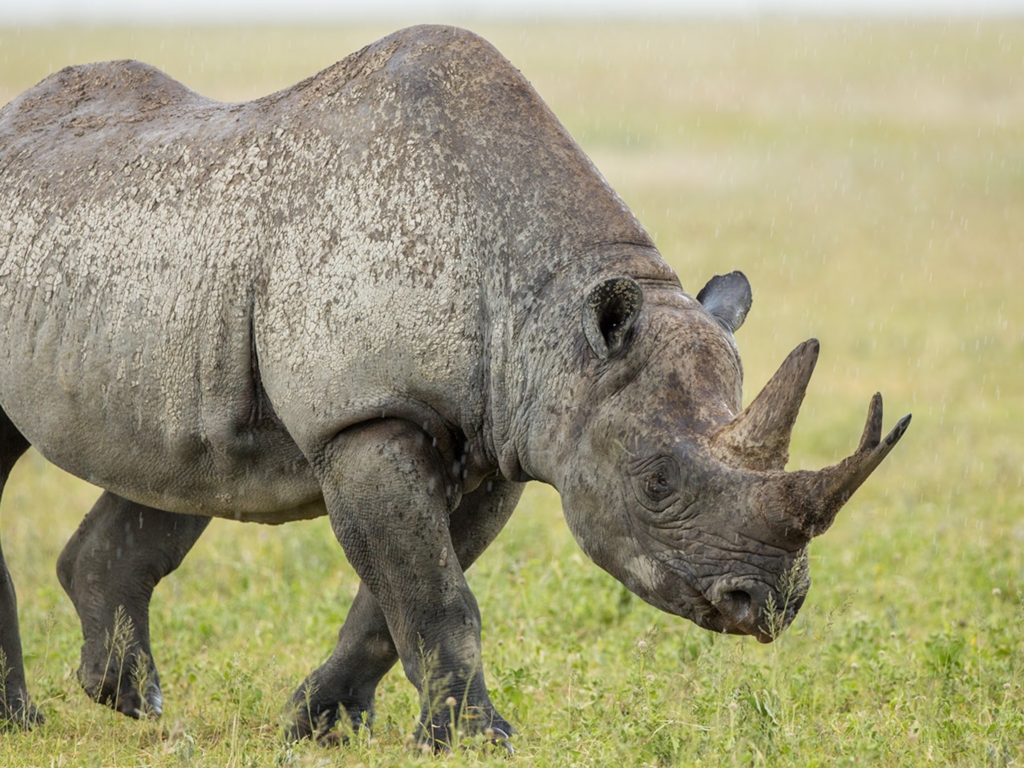The dinosaurs lost their dominance after an asteroid killed them. The animals that emerged 66 million years ago during the Eocene Epoch had huge shoes to fill, but they eventually did.
In a research published May 11 in Science, ancient rhinoceros-like herbivores called brontotheres developed from dog-sized to elephant-sized in a short period. Brontotheres may have never achieved its maximum size before going extinct 34 million years ago owing to environmental changes.
After the dinosaurs died out at the end of the Cretaceous period (145 million to 66 million years ago), mammals had less competition for resources, which experts believe helped them succeed as a family.

Dinosaurs’ extinction benefited Eocene megaherbivores.
Brontotheres, one of the greatest victors, evolved from 40-pound coyotes to 2,000-pound goliaths. The study says they achieved this in 16 million years, which is fast for evolution.
According to the National Park Service, Brontothere means “thunder beasts” and was inspired by Lakota’s oral accounts of giant-accompanied thunderstorms.Asia, Europe, and North America had animals. The largest species frequented the South Dakota Badlands. These giants were 8 feet tall and 16 feet long. They had Y-shaped nose horns and were related to horses, rhinos, and tapirs.

This brontothere size evolution study examined the family’s fossil record and 276 known brontothere individuals. The fossil record preserved much of their evolutionary history, and the scientists used computer models to monitor the genetic features of distinct brontothere species.
They also examined phylogenetic pathways that lead to new species.
Body size evolved both ways in brontothere species. A species might grow or shrink. They observed that smaller species were more likely to become extinct than larger ones, whereas bulkier brontotheres lasted longer than smaller ones.
End-Eocene brontotheres were thunder creatures. As megaherbivores, the monsters were safer from carnivores than lesser animals. The study found that big and small herbivores could hardly compete with the monsters.
Unfortunately, the environment shifted from a humid herbivore paradise to a considerably drier one. When the lush habitat dried up, brontotheres lost their evolutionary edge. They died 34 million years ago.
Further research into this family might simulate ecological factors like historic temperature variations that impacted how much edible plant covered the earth and contributed to the death of these megaherbivores.
